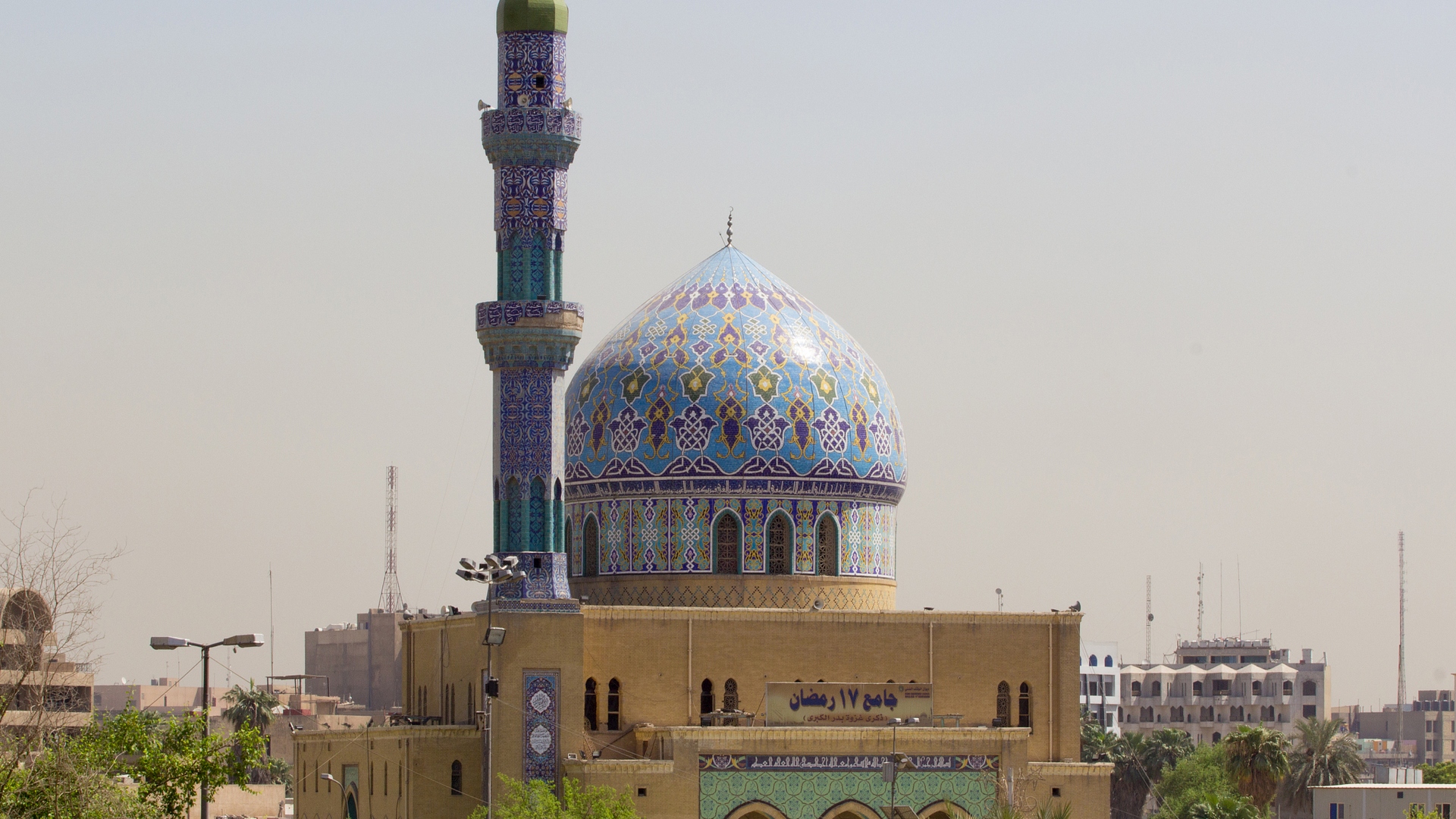Description
Property Name: Haydarkhana Mosque
Inventory No: 964-1-5
Date of infill of the inventory form: 2007-11-27
Country (State party): Iraq
Province: Baghdad
Town:
Geographic coordinates: 33° 20′ 32.93″ N
44° 23′ 21.51″ E
Historic Period: Late Ottoman (1792-1922)
Year of Construction: 1826
Style: Late Ottoman
Original Use: Mosque
Current Use: Mosque
Architect: Unknown
Significance
The building is the best example of late Ottoman architecture in Baghdad.
Selection Criteria
vi. to be directly or tangibly associated with events or living traditions, with ideas, or with beliefs, with artistic and literary works of outstanding universal significance
State of Preservation
The mosque was originally built by and attributed to Haydar Pasha Jalabi bin Muhammad Jalabi Shah Bandar, who is buried in the same place along with some members of his family. The mosque was later reconstructed and expanded during 1819-1827 by the Wazir of Baghdad Dawud Pasha. Then in 1890 by the Ottoman emir Abdul-Hamid Al-Thani.[2] During this time, an attached water shop which faced the nearby Souq Haydar-Khana was demolished.
First restored in 1893, additional works were carried out on the minaret and the main façade in 1920.
References
Strika V., Khalil J. The Islamic Architecture of Baghdad. Napoli: Instituto Universitario Orientale, 1987.
Uluçam, Abdüsselam. Irak’taki Türk Mimari Eserleri. Ankara: Kültür Bakanlığı, 1989. (Uluçam, Abdüsselam. Turkish Architectural Monuments in Iraq. Ankara: Ministry of Culture, 1989.)
Archnet website: http://archnet.org (Retrieved on November 2007)


